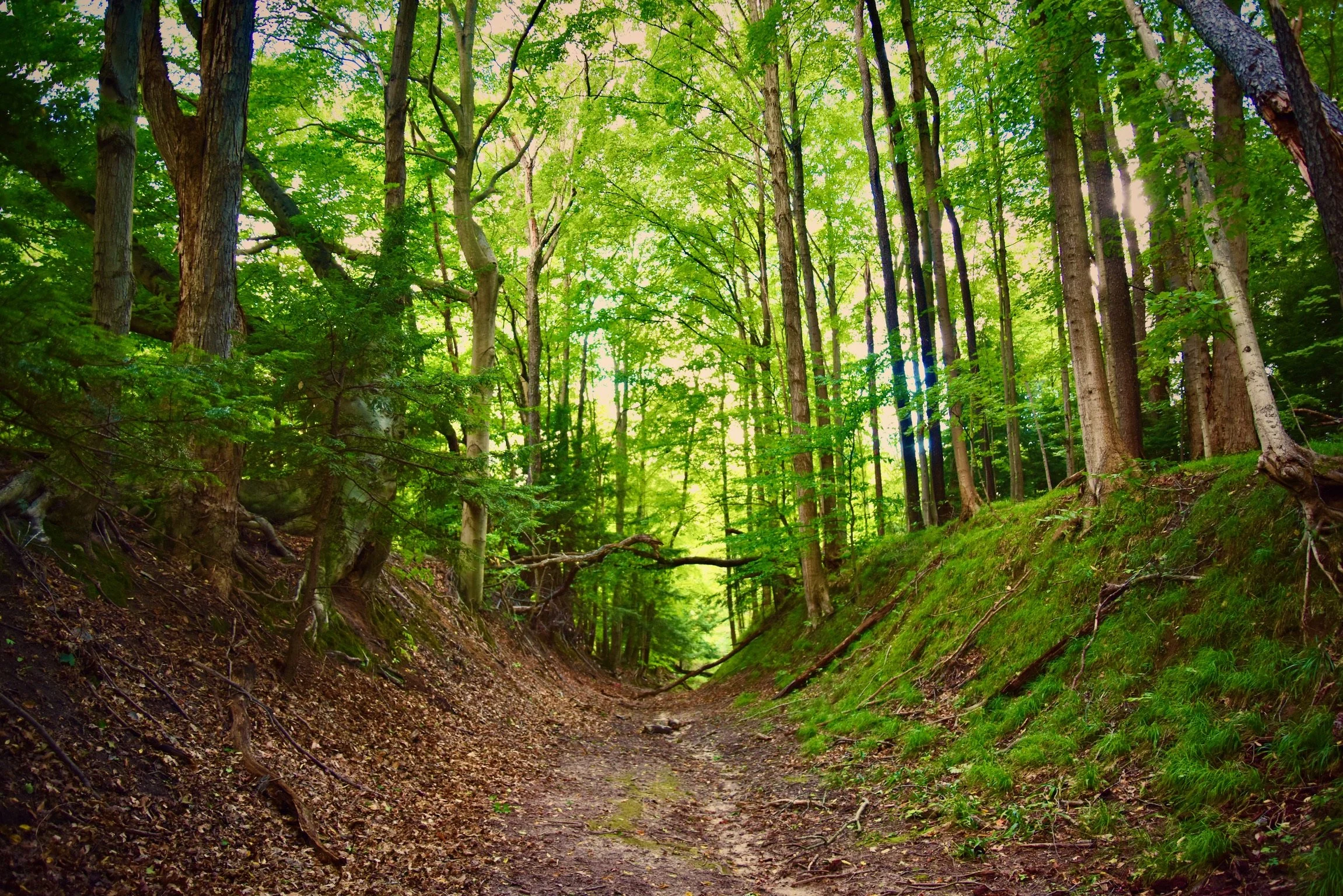Taking advantage of the warmer temperatures, many are enjoying a morning walk around their property or an evening stroll with the dogs to watch the sunset. In these dimly-lit hours when the sun rests low on the horizon, we are granted the perspective to experience sights, sounds, and smells rarely witnessed during the daytime. Bats flutter overhead against the gray sky devouring thousands of insects, mourning doves coo and owls hoot. But when we breathe in the chill, damp air expecting a breath of fresh air only to get a strong whiff of skunk; we know it’s skunk season.
Mephitis mephitis (Latin for “noxious vapor”) commonly named the striped skunk, is a nocturnal mammal meaning they are primarily active just before sunset and become inactive just prior to sunrise. The first reports of skunks were from the historical accounts of Christopher Columbus. Native Americans were known to keep them as pets, and farmers valued them for their ability to catch rodents and other pests.
By and large, everybody knows a skunk when they smell it. Most wild skunks will only spray when injured or threatened. The paired scent glands contain an overpowering, yellowish musk, which can be discharged in a fluid spray, reaching up to 20 feet. The mist can drift even further, carrying the scent for long distances and easily detected by humans. The musk is an irritant to the senses and has been documented to cause nausea, intense pain and temporary blindness. As an initial warning to potential predators, skunks will face an opponent while arching its back and raising its tail, then stomp on the ground with its legs. If the opponent does not back away, a skunk will bend its hindquarters around while still facing the intruder and spray.
Despite their stinky habits, skunks can be an appreciated visitor as they are especially useful at controlling field mice populations and other rodents around homes and barns. Coyotes, badgers, foxes, minks and weasels are known as strong predators of noxious rodents, but the skunk surpasses them all. It has been observed that when skunks are heavily trapped and hunted, local rodent populations increase.
Farm pests like armyworms and june bugs have been shown to be effectively controlled by skunks. Skunks are valued for control of hop borer grubs as they are the only efficient natural predator of this moth. The skunk will reportedly listen at the base of the hop vine to locate the larvae. In fact, it was mainly through the efforts of hop growers that legislation protecting the striped skunk was first enacted.
The diverse diet of a striped skunk depends on the season and what is available. In the spring and summer months insects compose a large portion of their diet along with frogs, lizards, bird eggs, spiders, snakes, and mice. In the fall and winter months, skunks will consume a variety of fruits, carrion, grasses, leaves, buds, and nuts. Skunks are gluttonous eaters and obesity is often a problem.
The only known predator of the striped skunk is the great horned owl. The great horned owl is believed to have a very weak sense of smell, allowing it to attack skunks despite being sprayed. The nest of a great horned owl may occasionally stink of skunk spray.
Skunks have long been trapped and hunted for their valuable pelts. Skunk fur has been used in the fur industry since the mid 1800’s, increasing in popularity into the early 1900’s and exceeding the production of muskrat as the most traded fur. The early 1940’s saw an increase in the demand for skunk fur resulting in pelts doubling in price. Previous to the 1950’s it was sold under different names including Alaskan Sable and American Sable.
Breeding season for the striped skunk begins mid-February and continues through early April. Adult males are known to travel long distances in search of a mate, some reported to travel up to two miles from their dens. During this period of increased activity, many male skunks are killed while crossing roads and highways. The striped skunk is a slow-moving mammal with inferior vision, but are believed to possess a very acute sense of touch, smell, and hearing.
Highly adaptable to human-dominated landscapes, skunks will feed on bird seed from feeders and raid garbage containers in urban areas. Skunks may also destroy beehives and apiaries, capable of destroying apiaries in two visits. This is easily remedied by placing hives on a tall bench, as skunks are poor climbers.
Skunks aren’t going anywhere. They lived alongside Native Americans even before Columbus sailed. As humans dominate the landscape, skunks have shown their impressive ability to adapt to their surroundings and flourish despite the loss of habitat and breeding ground. Skunks have learned to live with us and we should be willing to live with them. Yet even today most people only know them by their stinky defense mechanism. By learning more about skunks and their significant role in the ecosystem, we might better appreciate their value. Steer clear while driving and walking outside and keep your dogs away as much as possible, but unless they are a legitimate nuisance (e.g., raiding garbage cans, tearing up lawns, spraying pets) it might be most beneficial to leave them be.










